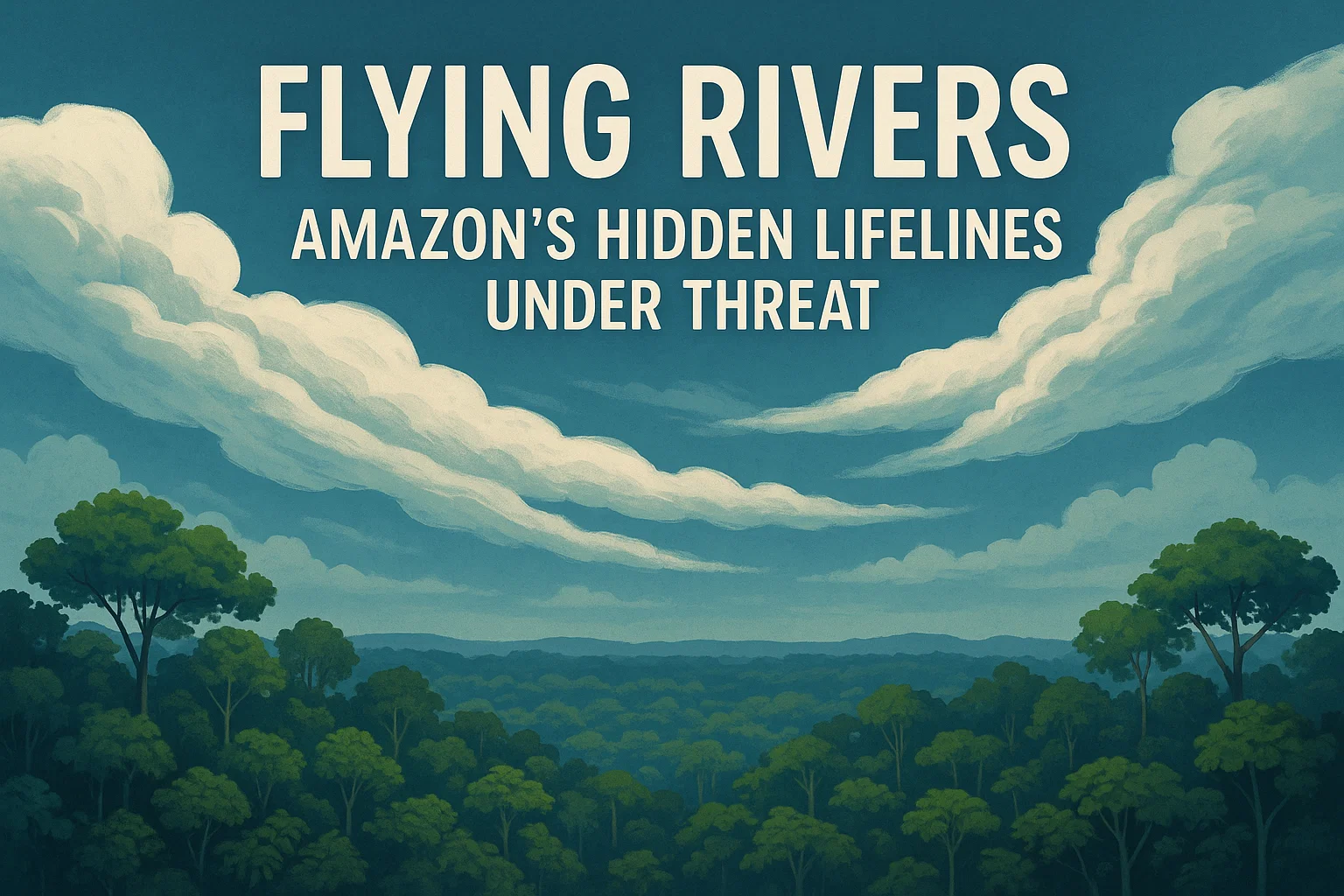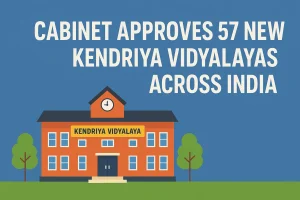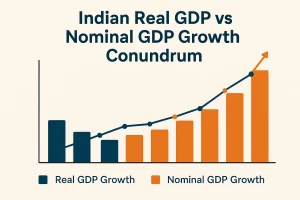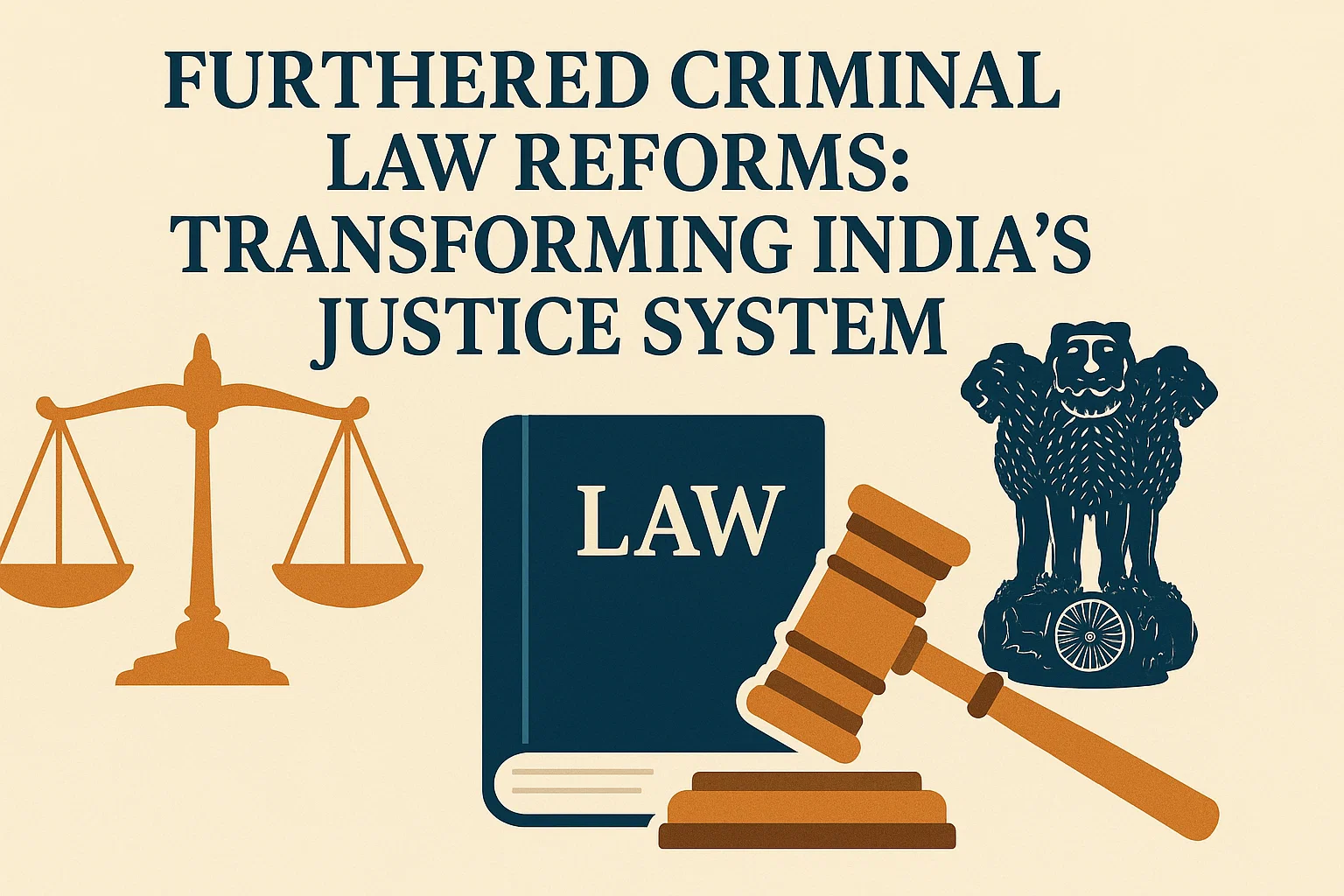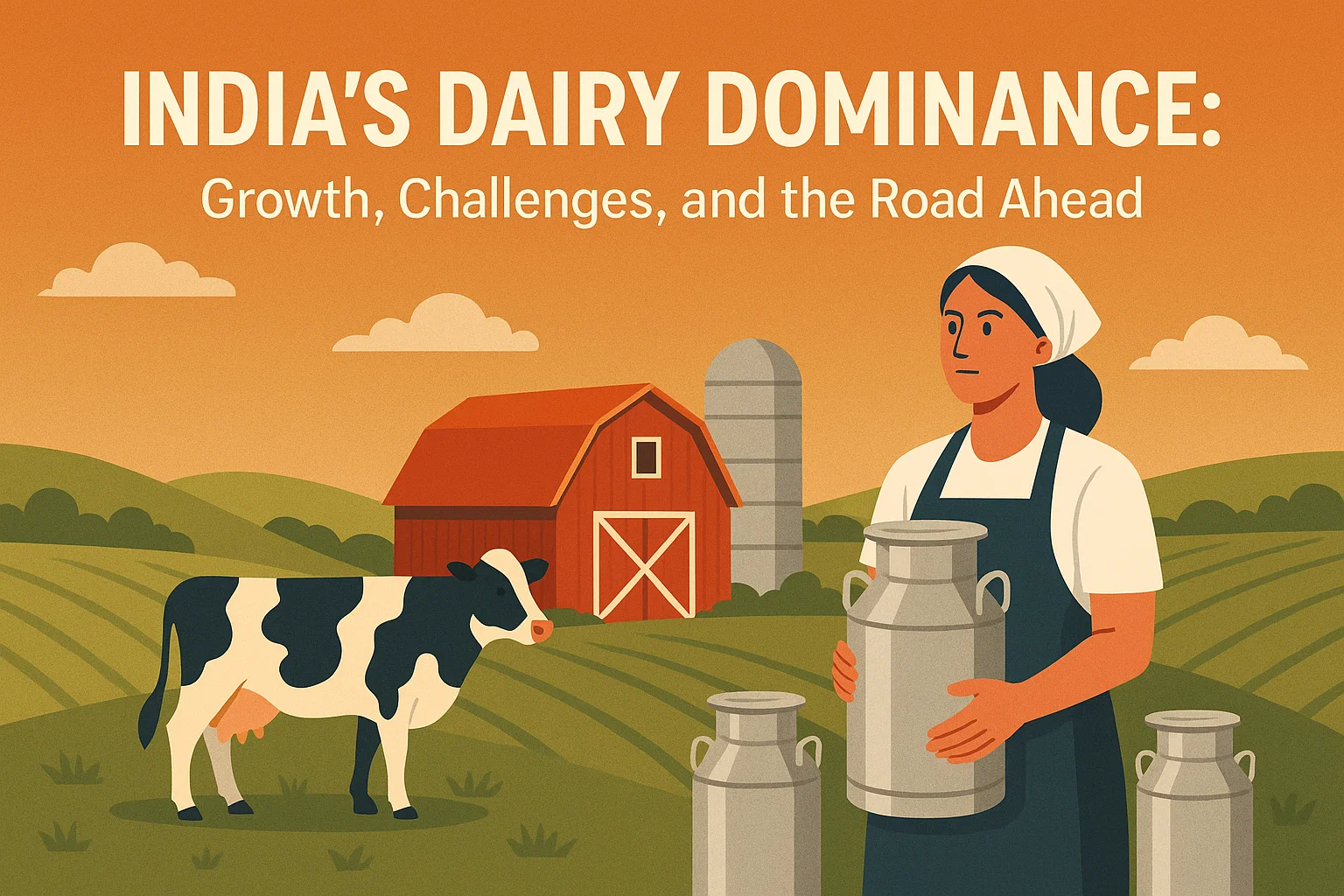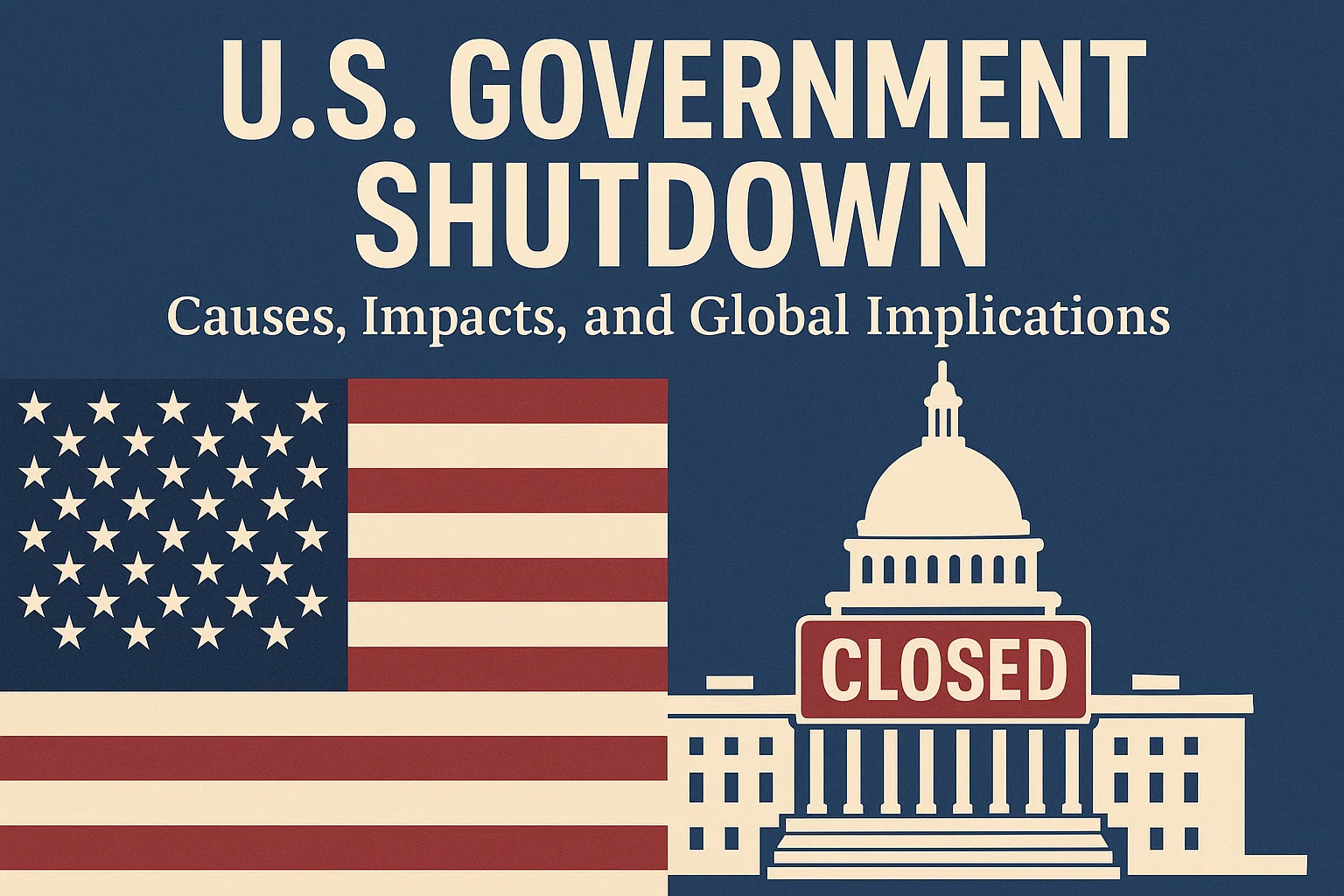Flying Rivers: Amazon’s Hidden Lifelines Under Threat
Amazon’s flying rivers—vast aerial water currents—are weakening due to deforestation, fires, and climate change. Discover their global significance, threats, conservation efforts in South America, and lessons India can learn.
Context
The latest analysis by Amazon Conservation’s MAAP has revealed regions most vulnerable to the breakdown of “flying rivers” and refined scientific understanding of how the Amazon may be nearing a tipping point. These findings have sparked urgent warnings: if the Amazon’s flying rivers continue to weaken, severe droughts across South America could become the norm, with devastating impacts on people, ecosystems, and economies.
What are Flying Rivers, and why do they matter?
“Flying Rivers” are vast aerial streams of water vapour produced by the Amazon rainforest through evapotranspiration—the process in which trees absorb water and release it into the atmosphere.
The Amazon’s 400 billion trees collectively release around 20 billion tonnes of water vapour every day. This vapour forms giant atmospheric currents that move westward from the Atlantic Ocean across the Amazon Basin before condensing and falling as rain across much of South America.
These rainfall systems stabilise climate and water cycles across at least eight countries, supporting agriculture, biodiversity, and water security. They also underpin hydroelectric generation and food production in regions such as southern Peru, Bolivia, and Brazil. Without the flying rivers, these areas face a dramatic decline in rainfall, threatening millions of lives and livelihoods.
What is disrupting the Flying Rivers?
Deforestation
The Amazon has already lost 17% of its forest cover, primarily due to cattle ranching, soy cultivation, logging, and infrastructure projects such as Brazil’s controversial BR-319 highway. Fewer trees mean less transpiration and therefore less atmospheric moisture available for rainfall.
Forest Fires and Degradation
Widespread human-induced forest fires release aerosols that block cloud formation. Degraded forests also lose their efficiency in transpiration, weakening the Amazon’s natural “hydrological pump.”
Climate Change
Rising global temperatures disrupt the forest-water cycle. While higher heat increases evaporation, it also reduces soil moisture and forest transpiration capacity. The Amazon is experiencing longer dry seasons—about five weeks longer than 45 years ago—while El Niño events are becoming more frequent and intense, further suppressing rainfall.
Land Use and Agricultural Expansion
Large-scale monoculture farming (soy and palm oil) and urbanisation are fragmenting forests and replacing high-transpiration ecosystems with low-transpiration landscapes. This hampers vapour transport and reduces rainfall stability.
Positive Feedback Loops
The most worrying aspect is the feedback cycle: reduced rainfall weakens the forest, making it more vulnerable to fires and deforestation, which in turn further reduces rainfall. This vicious loop raises the risk of savannisation, where the Amazon permanently shifts from rainforest to savanna. Such a shift would release vast amounts of carbon, accelerating climate change globally.
How are South American countries responding?
Suriname’s Conservation Leadership
Suriname has pledged to protect 90% of its tropical forests, far surpassing the U.N.’s “30×30” conservation goal. This bold commitment ensures that one of the most intact rainforest regions continues to act as a carbon and water regulator.
Colombia’s Progress
In early 2025, Colombia reported a 33% drop in deforestation compared with the same period in 2024. National parks in the Amazon region recorded particularly strong improvements, achieved through stricter law enforcement, better coordination with local communities, and joint national strategies.
Regional Cooperation
The eight Amazonian nations have increasingly recognised the rainforest as a shared ecosystem. They are working through alliances, declarations, and summits to jointly combat deforestation, promote sustainable development, and protect the Amazon’s ecological integrity.
Lessons for India
Although less studied in South Asia, atmospheric rivers play a crucial role in the Indian monsoon system and in extreme precipitation events across the Himalayas and northern India. India can draw lessons from South America in safeguarding its own forest-atmosphere-water linkages:
-
Forest Monitoring: Develop real-time satellite surveillance beyond platforms such as Bhuvan, drawing inspiration from Brazil’s PRODES system.
-
Community Involvement: Strengthen the rights of forest-dwelling communities under the Forest Rights Act (2006), echoing Indigenous protections in the Amazon.
-
Recognising Forest–Climate Links: Incorporate rainfall recycling and hydrological services into forest valuation frameworks, not just carbon storage.
-
Legal Innovations: Consider pioneering legislation to protect “ecological corridors” or even “atmospheric rivers”, ensuring the continuity of forest-water cycles.
Conclusion
The Amazon’s flying rivers are a lifeline not just for South America but for the planet’s climate stability. With deforestation, fires, and climate change pushing the rainforest towards a tipping point, the consequences could ripple far beyond the continent—disrupting rainfall, agriculture, and ecosystems worldwide.
South America’s proactive efforts provide a blueprint for other nations, including India, to recognise the critical role of forests in regulating atmosphere-water cycles. Protecting these invisible rivers in the sky is as vital as conserving rivers on the ground—for without them, both climate and society may run dry.
Subscribe to our Youtube Channel for more Valuable Content – TheStudyias
Download the App to Subscribe to our Courses – Thestudyias
The Source’s Authority and Ownership of the Article is Claimed By THE STUDY IAS BY MANIKANT SINGH
